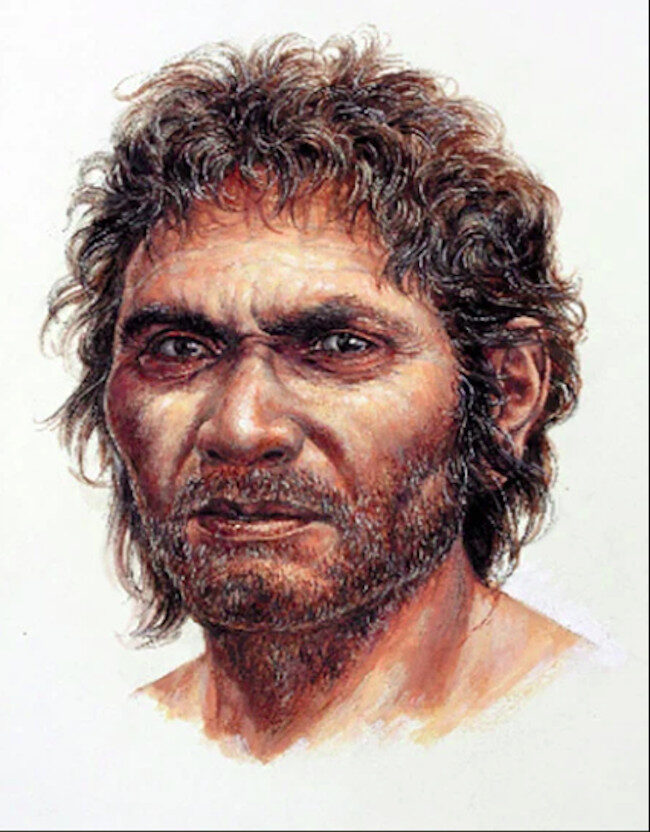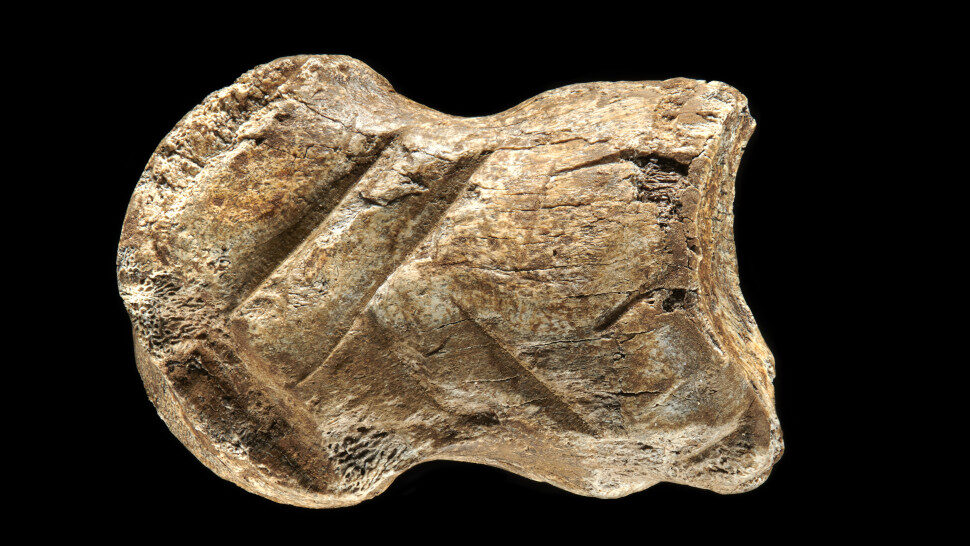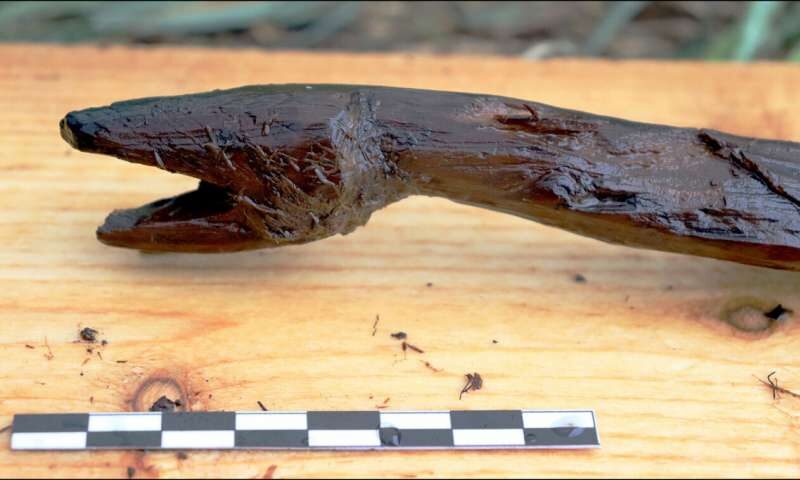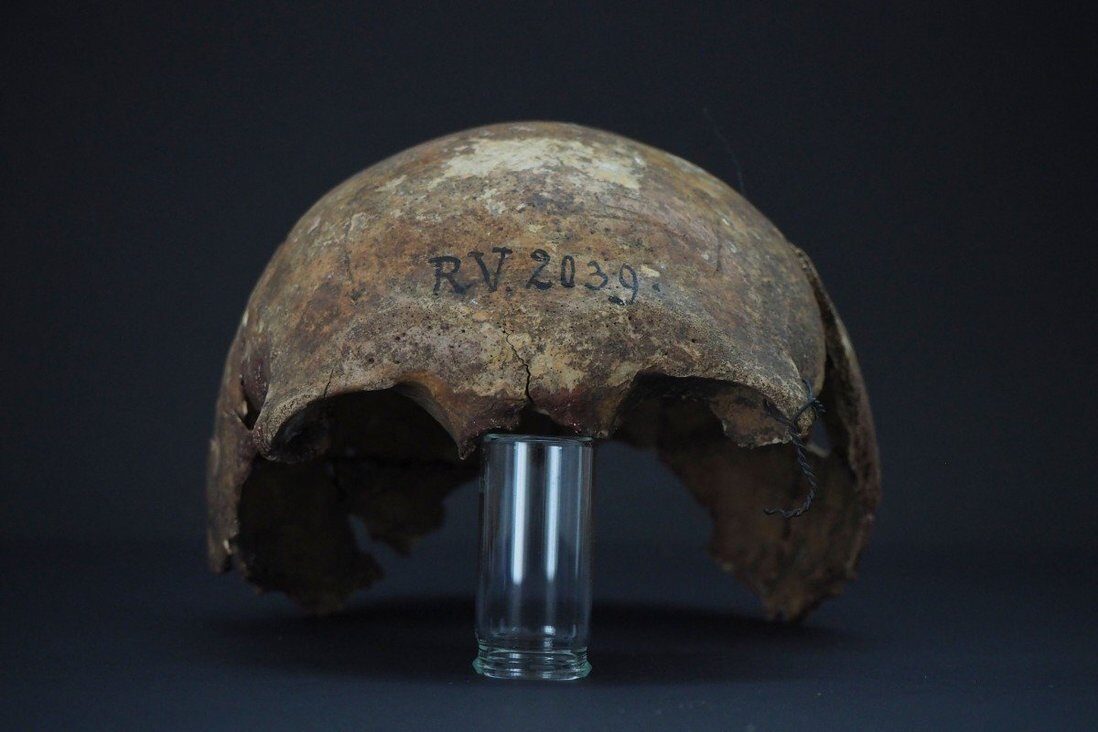
According to current mainstream theory, Japanese have mixed origins in the Jomon people known for their distinctive pottery culture (c. 14500 B.C.-1000 B.C.) and the Yayoi people with their own pottery culture (1000 B.C.-A.D. 250).
The latest study indicates the origins of Japanese can be traced to a more distant past.
Minatogawa refers to people whose remains were unearthed in Okinawa Prefecture in 1970. Named after the site where the bones were discovered, the Minatogawa people are among the few Paleolithic humans whose remains have so far been discovered in Japan.
They were small in stature, standing around 150 centimeters. Narrow-shouldered, they had a sturdy lower-body skeletal build, which experts believe made them suited to running on barren land.
DNA analysis and other studies support the theory that modern Japanese have mixed origins in Jomon hunter-gatherers who inhabited broad areas of Japan from Hokkaido to Okinawa between 15,000 and 3,000 years ago and the Yayoi farming people, who arrived later from the Asian mainland.
What remained a mystery was the relationship with the Minatogawa people, who lived thousands of years before the Jomon people.












Comment: Meanwhile in Bronze Age Germany: Why are adult daughters missing from Early Bronze Age German cemeteries?
See also: